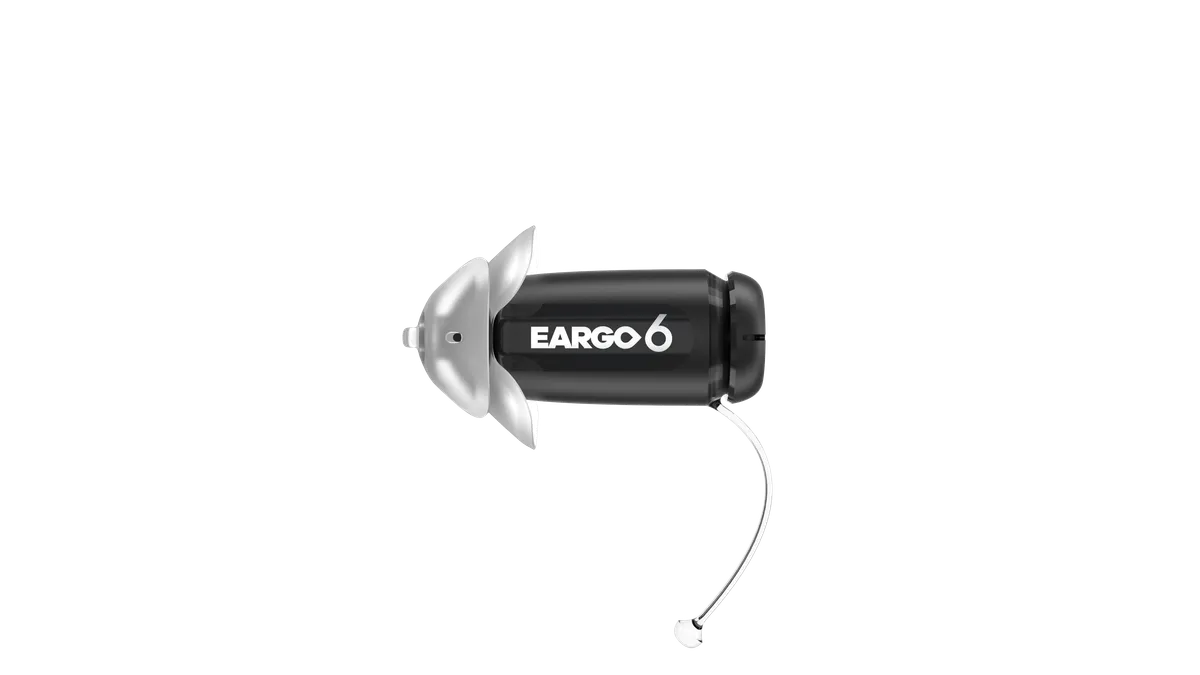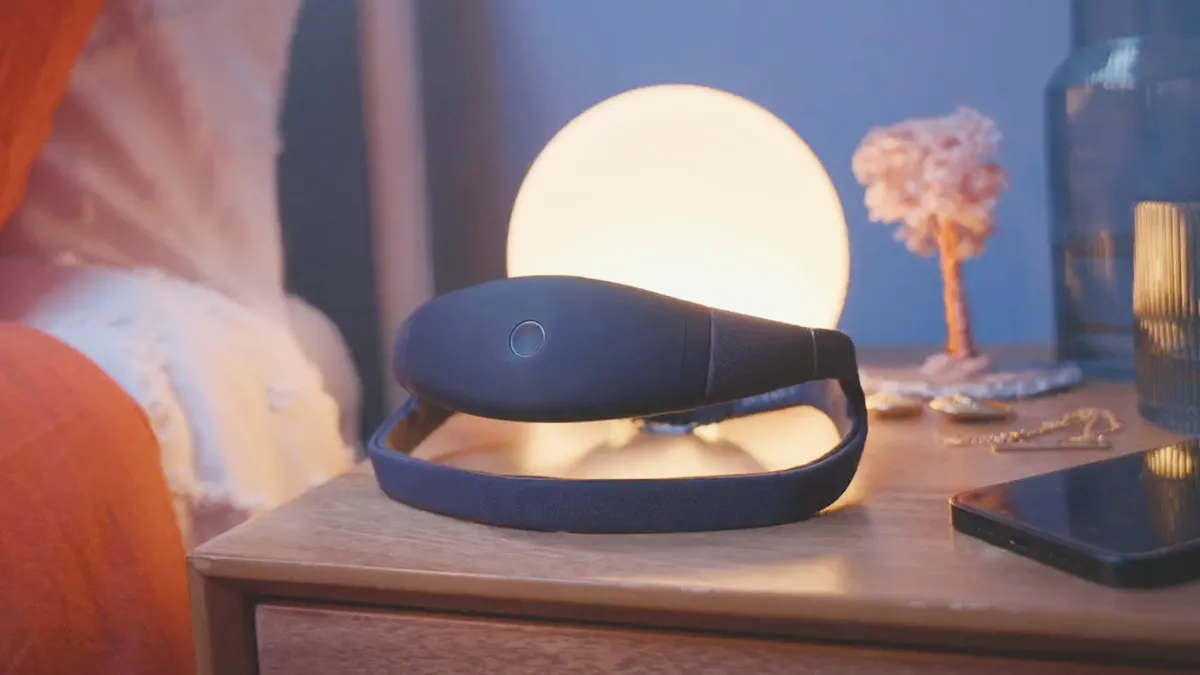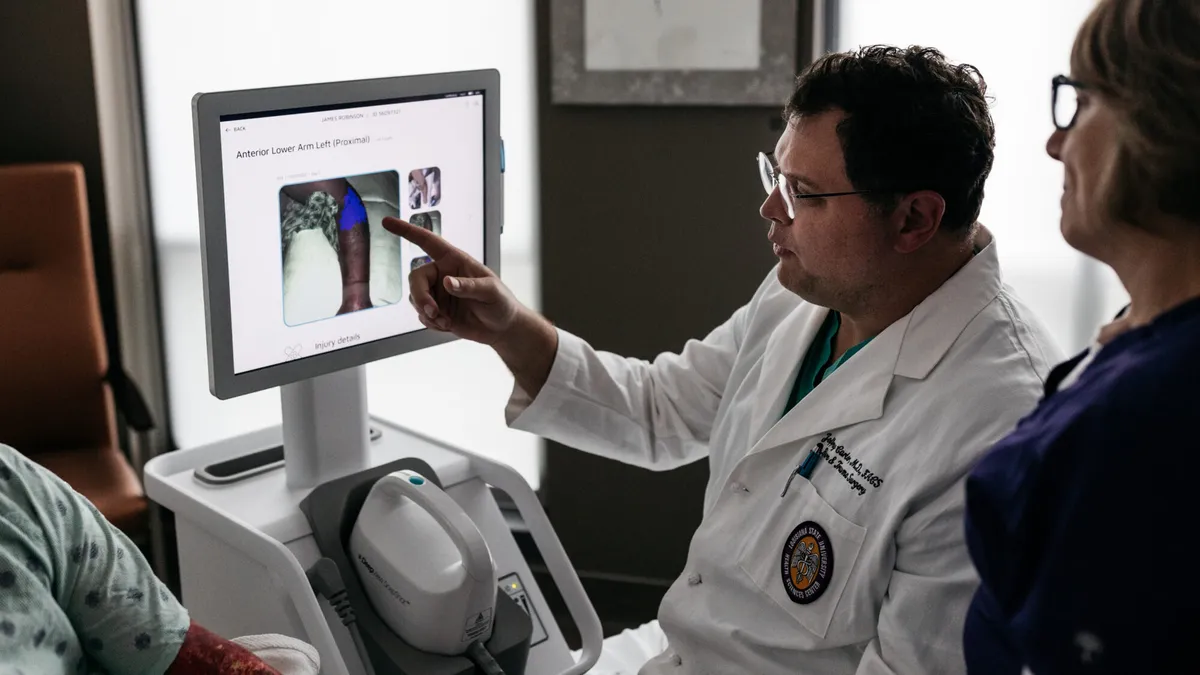Medtech trends today don't discriminate across health conditions. Patients have their pick of wristwear to measure stroke risk or blood pressure. One app tracks asthma and chronic obstructive pulmonary disease, another helps manage substance addictions, and a third connects patients and surgeons during post-operation recovery
While it seems like these consumer-oriented tech trends touch every corner of the industry, some therapeutic areas stand out as particularly poised for growth.
Chronic diseases present the biggest opportunities, said Glenn Snyder, medical technology sector leader at Deloitte, in an interview. He described a patient's "care journey" as segmented into stages of "well care," diagnosis, treatment decision, acute care itself, and chronic or post-acute care.
Whereas traditional therapeutic device companies typically have a stronghold on the acute treatment space, Snyder said much of the opportunity seen today by emerging medtech players seizes on either end of that spectrum: prevention and patient monitoring.
"The back end is where so much money is spent today in terms of chronic care, and it becomes a better return on investment," Snyder said. "There are still unmet needs in those areas for sure, so I think we'll continue to see more innovation in those spaces."
Here's a snapshot of a few hot areas to track in 2019:
Diabetes
James Welch, life sciences leader for EY's U.S. central region, called diabetes "the area that has seen the biggest opportunity." More than 30 million Americans have the condition, about 95% of whom suffer from Type 2.
An additional 84 million U.S. adults have prediabetes, according to the American Diabetes Association, a statistic that ensures a healthy market for businesses in the diabetes space.
Elsewhere, Leerink analysts recently predicted that the insulin pump market will grow at least 11% in 2019.
Industry technology is gradually moving away from the finger sticks of blood glucose meters in favor of continuous glucose monitors (CGMs). Development of multi-part "artificial pancreas" device systems for Type 1 and some Type 2 diabetics — also referred to as automated insulin delivery or a hybrid closed loop system — continues to be a priority for FDA and industry. These systems intend to serve the glucose-regulating function of a healthy pancreas by combining a CGM, an insulin infusion pump and some kind of algorithm to regulate the two.
Companies are also developing increasingly miniaturized devices to improve user convenience. Medtronic's MiniMed 670G hybrid closed loop device received FDA authorization in 2018 for use in Type 1 diabetics between the ages of seven and 13, expanding the range of available pediatric technologies. Google-backed Verily, meanwhile, has partnered with Dexcom to create a low-cost, miniaturized CGM for individuals with Type 2.
Products from Medtronic, Abbott and Dexcom have traditionally held strong diabetes care market share, but relative newcomers like Insulet (maker of Omnipod, a CGM-closed loop pump combination product), Tandem (whose Basal-IQ technology is meant to predict low-glucose events 30 minutes ahead of time) and Welldoc (creator of FDA-approved digital therapeutics for Type 2 management) are all gaining ground.
In addition to addressing diabetes management, the market targeting side effects has also grown. In April 2018, FDA authorized IDx-DR, an AI-based algorithm that solely uses machine learning to screen for diabetic retinopathy.
Cardiovascular
The only therapeutic category to beat diabetes in digital health funding dollars in 2017 and 2018 was cardiovascular disease. Data provided to MedTech Dive by Rock Health shows that cardiovascular disease attracted close to $700 million in digital venture funding over the last two years.
Heart disease remains the number one cause of death in the United States. Heart wellness monitoring has critically seen buy-in from individuals considered healthy, making it a wide market that appeals to people of all ages and fitness. Uptake of the Apple Watch, for instance, can be seen as evidence of the public's increasing awareness and ownership of personal health, and a "ringing endorsement" of the concept of patients as "super consumers," said Ellen Licking, global health sciences and wellness lead analyst at EY, in an interview.
The return on investment from cardiovascular ventures has proven strong, too. Cardiovascular therapeutic devices posted an average of 7% revenue growth between 2011 and 2017, according to a 2018 report from EY.
Within structural heart care, competition has stiffened between companies like Medtronic, Edwards Lifesciences, Boston Scientific and Abbott. The medtechs continue to gain FDA clearances and CE marks to go head-to-head amid growing demand for procedures like transcatheter aortic valve replacements, left atrial appendage closures and mitral valve repairs. "There's some open questions on who the winners will be," Sharon Fry, a partner in Bain & Company's healthcare and private equity practices, told MedTech Dive in an interview.
"While there has been tremendous innovation over the past couple of decades, there are still aspects of cardiovascular [disease] that are not well treated," like heart failure, Licking said, adding that accessibility to existing procedures is also expanding.
"As our understanding scientifically improves and our minimally invasive abilities advance, we enable interventions for individuals who weren't candidates for those interventions before."
Oncology
Elsewhere in life sciences tech, money in biopharma has overwhelmingly gone toward cancer drugs. The therapeutic medicine market for cancers is predicted to reach a sizable $150 billion by 2022, as estimated by Datamonitor Healthcare.
On the medtech side, the industry has produced more diagnostic tools across many forms of cancer that aim to catch disease early, as well as ones designed to determine potential responsiveness to cancer therapies or detect residual signs of cancer following cancer treatment.
Non-imaging diagnostics have shown 7% revenue growth over the past five years, with nearly 40% of medtech venture investments from 2016 to 2018 funneled into that space, according to data from EY. A large portion of those funds were directed toward oncology purposes.
Among buzzworthy technologies in development are a biosensor-filled wearable device, the EVA bra from Higia Technologies, which is meant to detect early-stage breast cancer, and GRAIL, a startup backed by Bill Gates and Jeff Bezos that aims to develop blood tests that can detect a wide range of cancers. The latter has raised over $1.5 billion since 2016.
Licking said that the increasingly common combination of diagnostics and monitoring tools enables better interventions.
"Oncology is kind of the poster child for that because the science is most advanced in terms of those very sophisticated tests," she said, adding that from a medtech perspective, the ability to use that insight to take action and deliver care is powerful. "I think you'll see more of that in 2019."


















